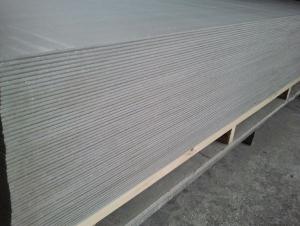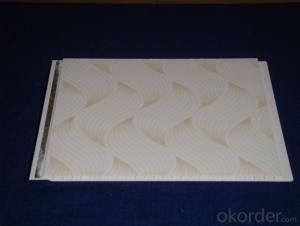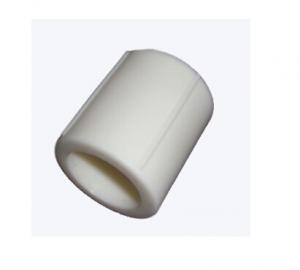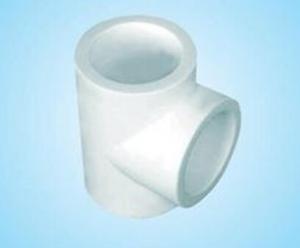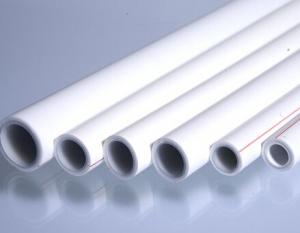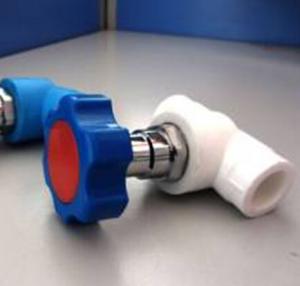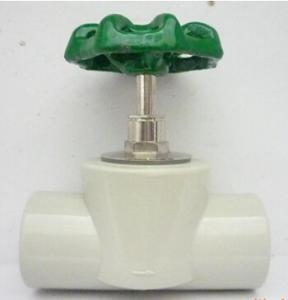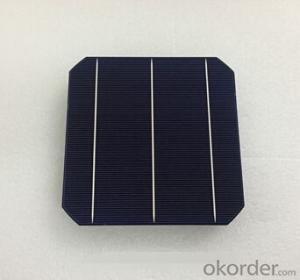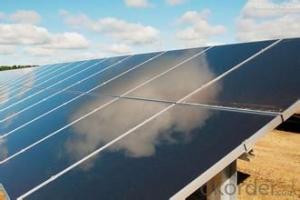Problems With Solar Cells
Problems With Solar Cells Related Searches
Stainless Steel Bucket With Lid Hot Water Bottle With Hose High Five Stainless Steel Prop Solar Panel Kit With Inverter Rv Solar System With Inverter Cover Ham With Aluminum Foil Aluminum Plate With Holes Aluminum Foil Pan With Lid Bake Cake With Aluminum Foil Roof Shingles With Solar CellsHot Searches
Price For Stainless Steel Scrap Scrap Price For Stainless Steel Price For Stainless Steel Cheap High Tea Sets For Sale Price Of Shipping Containers For Sale Stock Price For Aluminum Cheap Solar Cells For Sale Air Pump For Aquarium Price Inverter Size For Solar System Used Foam Board Insulation For Sale Price List For Building Materials Magnesium Oxide Board For Sale Hdf Board For Sale sintra board for sale Cheap Mini Laptops For Sale Plywood For Sale Cheap Cheap Washers For Sale Cheap Tall Vases For Sale Solar With Inverter Price Price For Stainless Steel ScrapProblems With Solar Cells Supplier & Manufacturer from China
Okorder.com is a professional Problems With Solar Cells supplier & manufacturer, offers integrated one-stop services including real-time quoting and online cargo tracking. We are funded by CNBM Group, a Fortune 500 enterprise and the largest Problems With Solar Cells firm in China.Hot Products
FAQ
- Solar cells have a significant impact on reducing energy inequality by providing access to affordable and sustainable energy sources. By harnessing the power of the sun, solar cells can be deployed in remote and underserved areas, where traditional electricity grids are absent or unreliable. This empowers communities, particularly in developing regions, to generate their own clean energy, reducing dependence on fossil fuels and promoting energy self-sufficiency. Ultimately, solar cells contribute to bridging the energy gap and promoting a more equitable distribution of energy resources.
- What are the applications of solar cells?
- User solar power: - small power supply 10 ~ 100W range, for remote areas such as the plateau, islands, pastoral areas, border posts and other military life electricity, such as lighting, television, tape recorders and so on. - 3 ~ 5KW home roof grid-connected power generation system. - PV water pump: to solve the non-electric areas of deep wells drinking, irrigation.
- Yes, solar cells can be used in air conditioning systems. Solar energy can be harnessed to power air conditioning units, either by directly using the electricity generated by solar panels or by converting solar energy into thermal energy for cooling purposes. This approach helps to reduce dependence on fossil fuels and contributes to a more sustainable and environmentally friendly way of cooling buildings.
- Solar cells are used in military applications to power portable electronic devices, remote surveillance systems, and even to provide electricity to military bases in remote locations. They offer a reliable and sustainable source of power, reducing the need for fuel resupply and minimizing the environmental impact. Additionally, solar cells can be integrated into various military equipment, such as backpacks and helmets, enabling soldiers to generate power on the move.
- Yes, solar cells can be used to power universities. Solar power systems, consisting of solar panels and batteries, can generate electricity from sunlight and store it for use in powering various university facilities such as classrooms, laboratories, offices, and dormitories. By utilizing solar energy, universities can reduce their dependence on traditional energy sources, lower their carbon footprint, and potentially save on electricity costs in the long run.
- Yes, solar cells can certainly be used to power medical devices. Solar-powered medical devices provide a sustainable and reliable source of energy, especially in remote or resource-limited areas where access to electricity may be limited. By harnessing the sun's energy, solar cells can power various medical devices such as diagnostic tools, monitoring systems, prosthetics, and even small surgical instruments. Solar power offers great potential for enhancing healthcare delivery and improving access to medical services globally.
- The environmental impact of solar cells is generally positive. They produce clean and renewable energy, reducing greenhouse gas emissions and dependence on fossil fuels. However, their production does require some raw materials and energy, which can have environmental consequences. Additionally, the disposal of older solar panels may pose challenges in terms of electronic waste management. Overall, though, the benefits of solar cells outweigh their environmental drawbacks.




